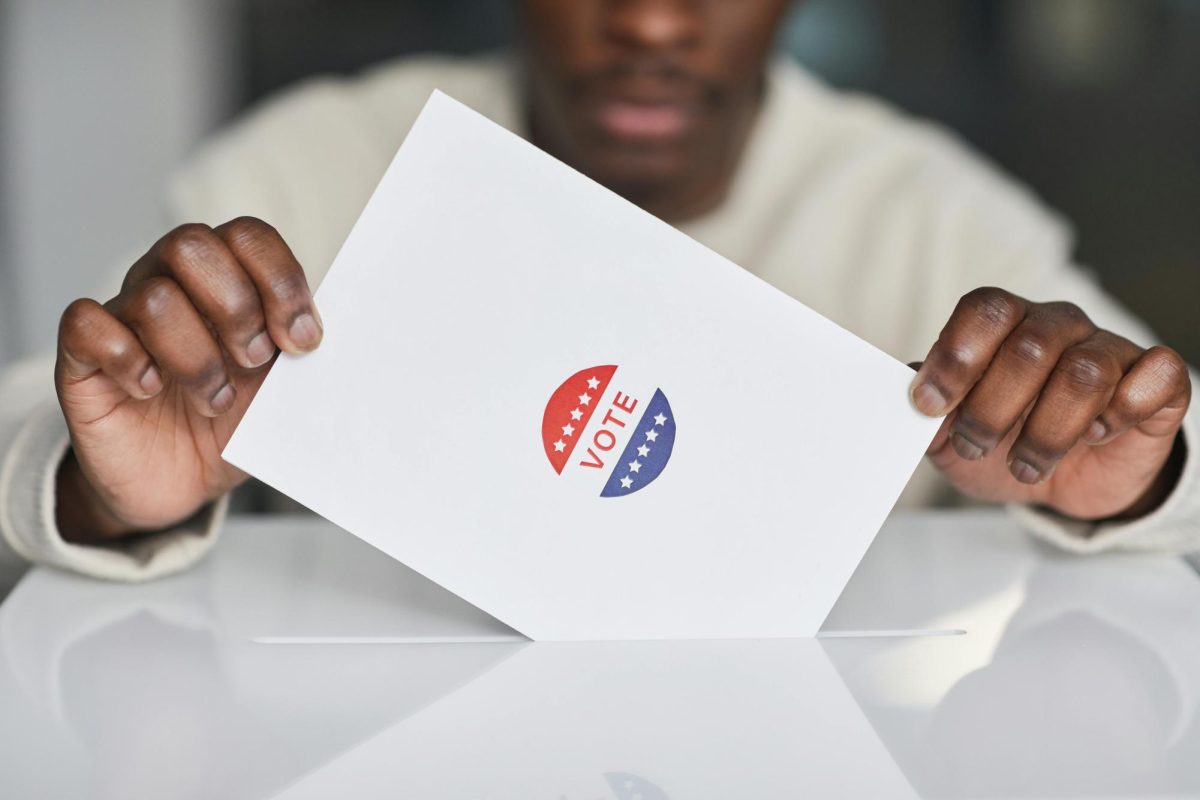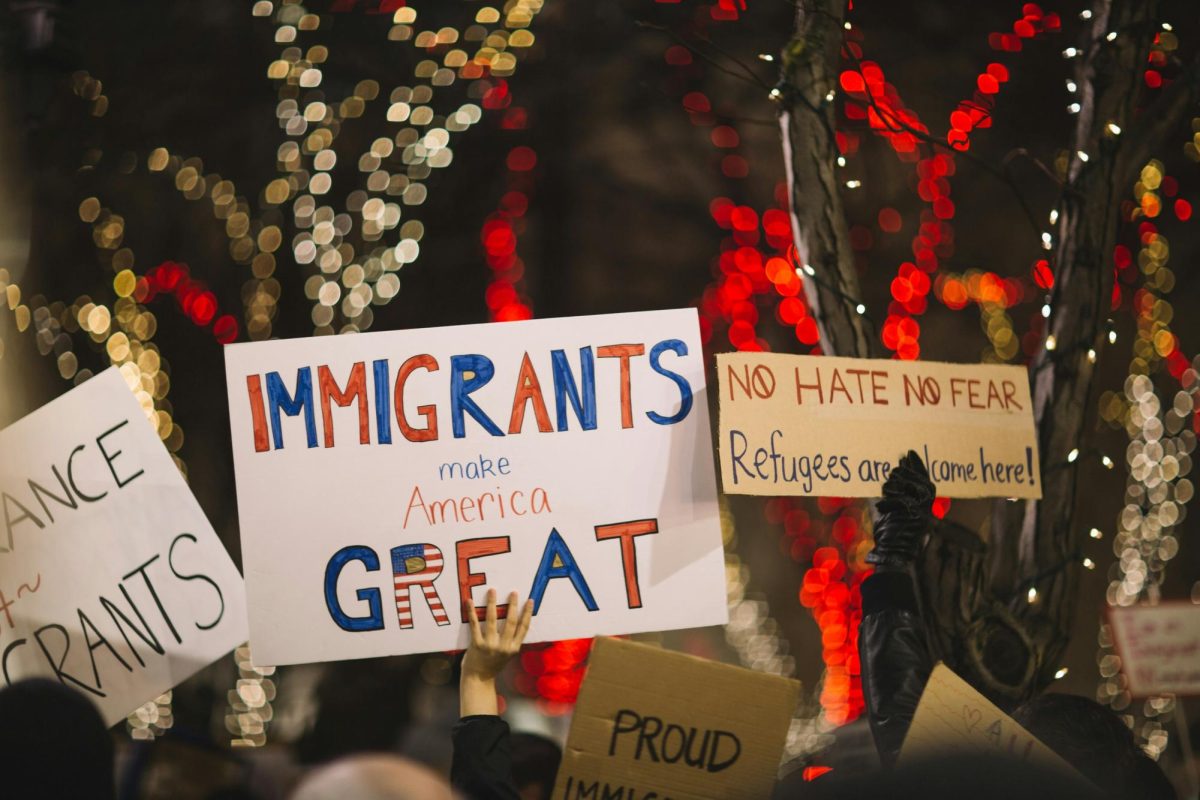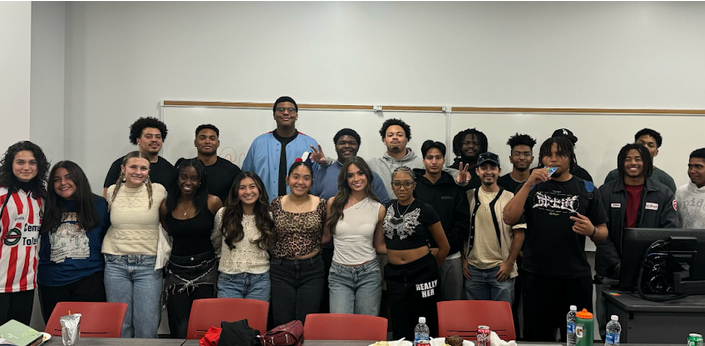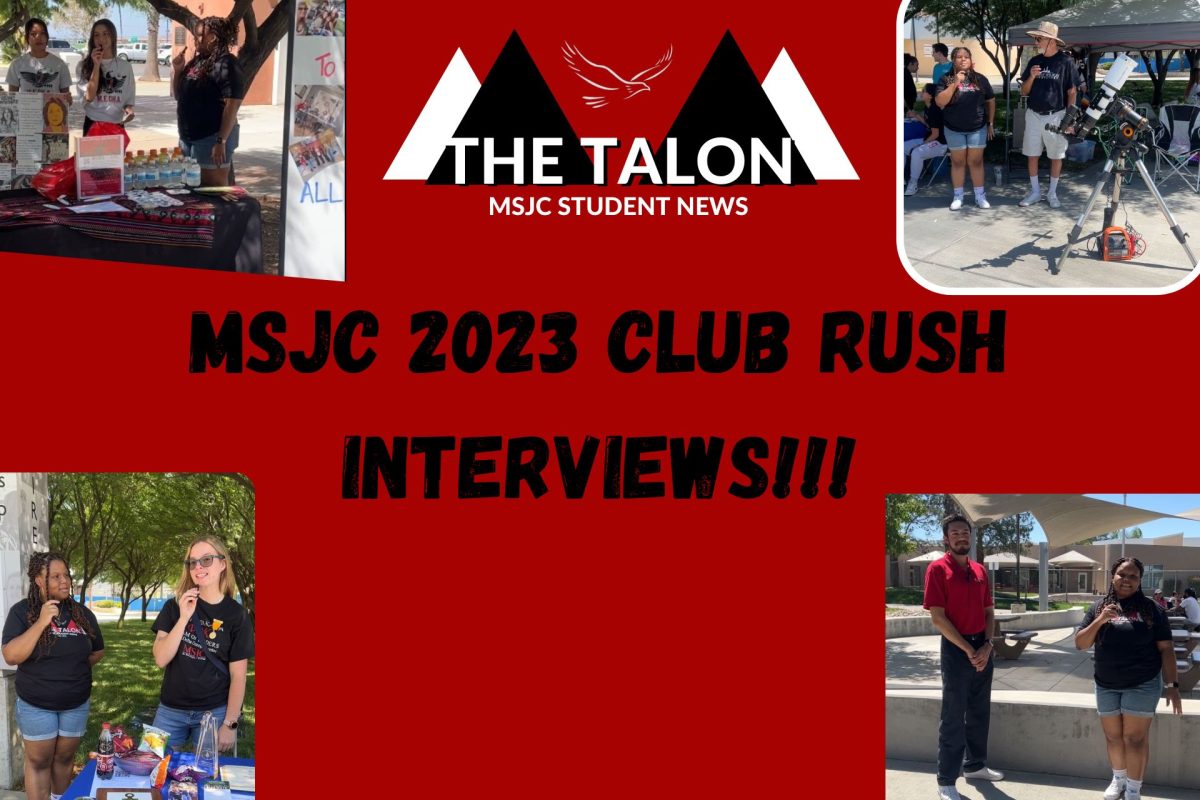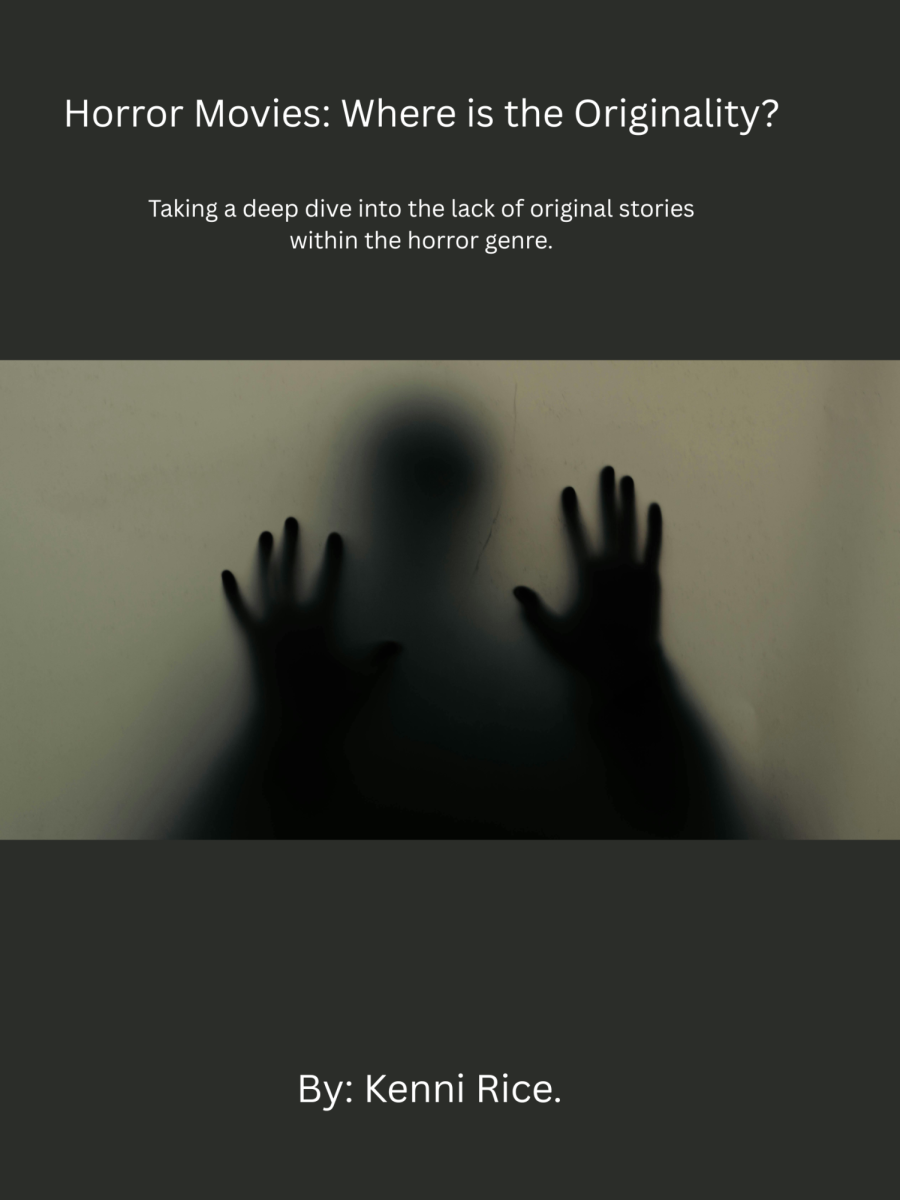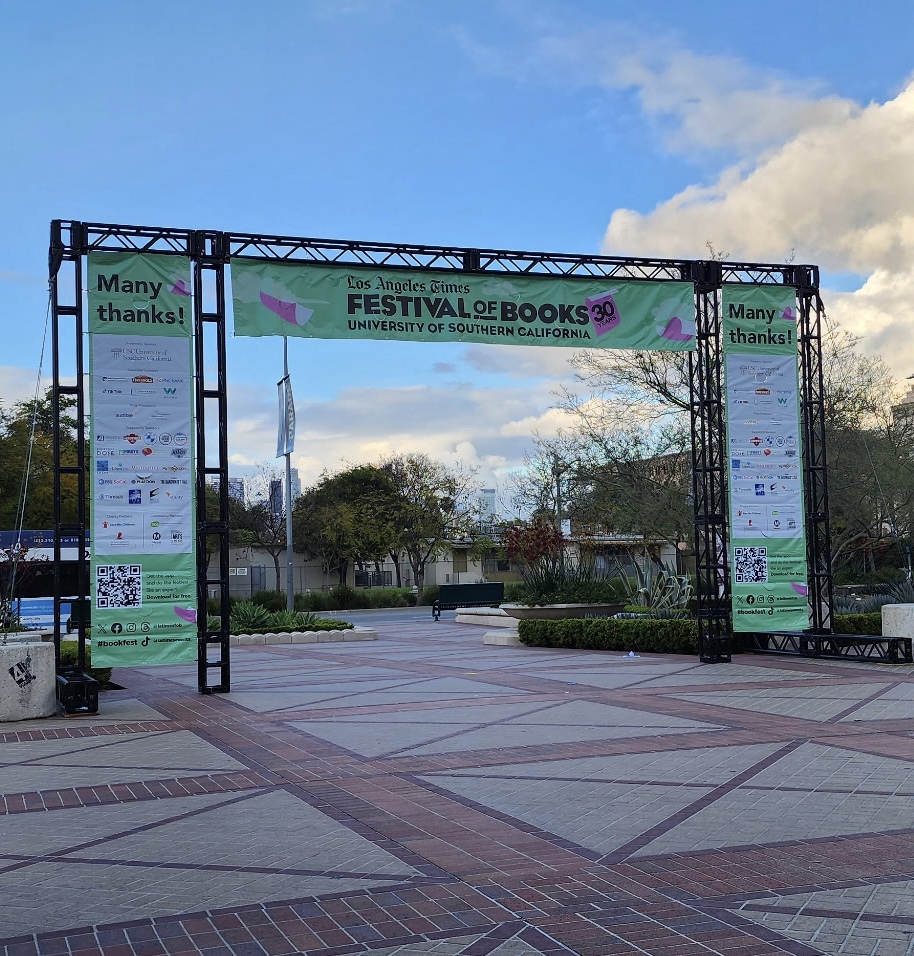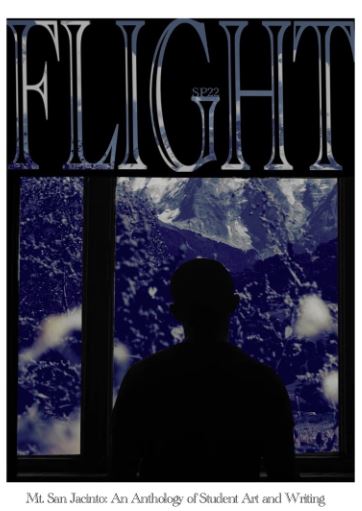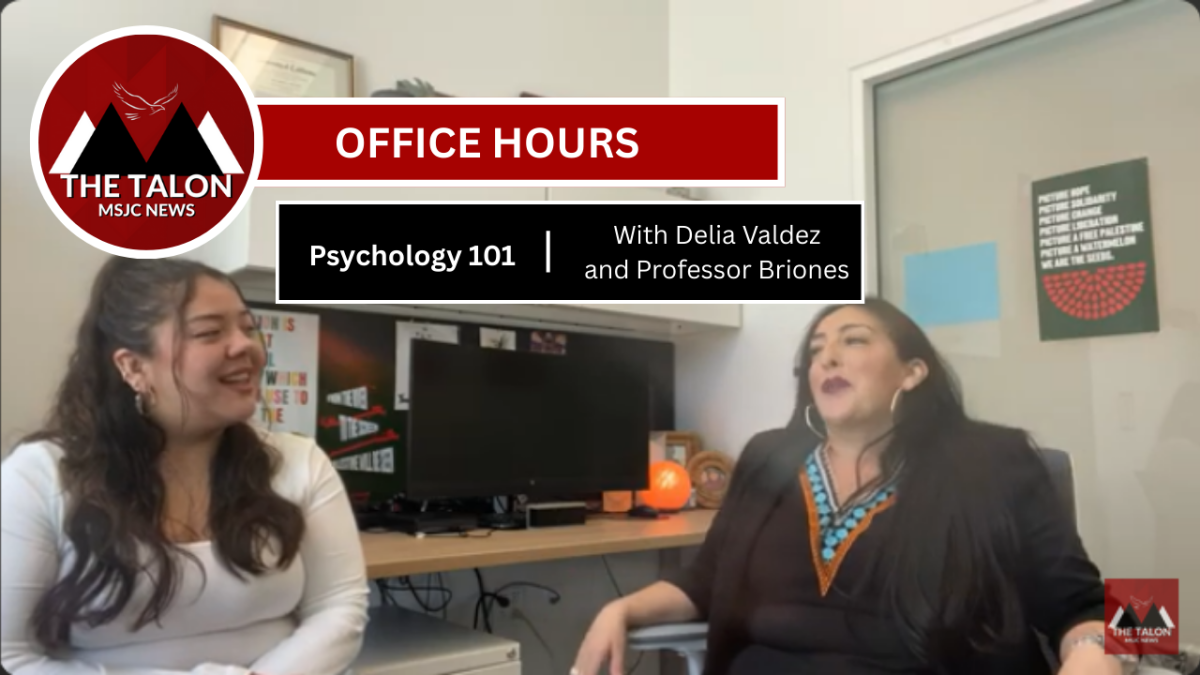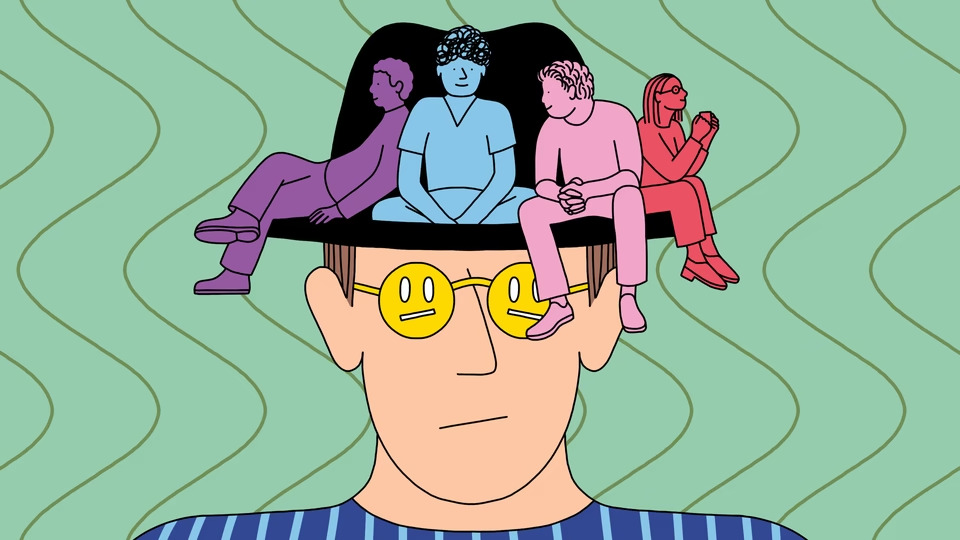
There are more than 7 billion people in the world, and according to an article from the World Health Organization (WHO) titled “Deafness and hearing loss,” around 5% of the world population suffers from hearing loss. This translates to more than 430 million people worldwide who are deaf or have hearing loss problems. Although, it is worth mentioning that this data from the World Health Organization was published in early 2021, so this number may be higher. This is significant because this large quantity of people with the shared experience of being deaf has led to deafness being more than just being unable to hear. Deaf people have their own community and global culture. This culture has deep roots in its history, education, and politics, to name a few.
Over time, researchers have debated the proper way to address a person’s hearing status. This debate centers around when to use deaf versus Deaf in academic writing; the word “deaf” has traditionally been capitalized to refer to individuals who are culturally Deaf, meaning they are deaf and also participate in the culture or are part of the culture. In contrast, the medical condition of being deaf is written in lowercase. Some feel that all deaf people should be under the same label regardless of their affiliation to the culture; to be referred to as Deaf, while others feel that not everyone is part of the Deaf world and would prefer those individuals use the term “deaf” or “hard of hearing,” as they can “pass for hearing” in the hearing world. This has created discourse among the Deaf community because it asks another important question: Can one who is partially deaf or hard of hearing be a part of the Deaf community? If so, will their existence be less valued by others in the community merely because they “aren’t as Deaf”? These questions often appear in the discussion of whether someone who is deaf should get a Cochlear Implant or CI, as well. A CI is a small, complex electronic device that can help to provide a sense of sound to a person who is profoundly deaf or severely hard-of-hearing. The implant consists of an external portion that sits behind the ear and a second portion that is surgically placed under the skin.

The movie, “Sweet Nothing in My Ear” starring Marlee Matlin and Jeff Daniels, tells the story of a Deaf mother (played by Matlin), and a hearing father (Daniels), in which their son slowly goes deaf after birth and is fully deaf by the age of eight. They talked about CIs when their son was born and Matlin’s character was against it, so Daniel’s character agreed against it too. However, after their son gets injured as a result of being unable to hear, Daniel’s character reconsiders and argues with Matlin’s character about whether to get one for their son. The CI surgery comes with risks, such as bleeding, infection, device malfunction, facial nerve weakness, ringing in the ear, dizziness, and poor hearing result, which is a point Matlin argues in the movie, but Daniels argues that the risks are very rare, and the rewards outweigh them. Matlin says that their son is perfectly happy being Deaf and doesn’t know any differently. Another point Matlin argues is she is afraid getting a CI for their son would render him neither deaf/Deaf or hearing, making him an outcast in both the hearing and Deaf world. They ultimately decide on letting him decide for himself, but this movie is just one example of the arguments and considerations made in the Deaf community debate.
I’d be doing Deaf culture a disservice if I didn’t mention its history of name signs. Name signs are signs used to identify individuals as their name instead of fingerspelling, which takes unnecessary time, and can be tedious. ASL name signs are different from English names because English names can be repeated -for example, there is more than one Jenna in the world- whereas name signs are completely unique to each individual that has one. Additionally, name signs signify that someone is a part of the Deaf community and can only be given to you by someone who is Deaf. If you were not given a name sign by someone you know who is Deaf, you don’t have one. Moreover, name signs are not usually given at birth since most Deaf children have hearing parents. These children are naturally given an English name on their birth certificate, and later, when the child is among other Deaf people, they are given a name sign. ASL names are signed in two general ways arbitrarily, meaning that the name sign uses the initial of the person’s English…Or name signs can be descriptive based on a physical characteristic or behavior that tends to exemplify that person…ASL rules limit where name signs can be placed in three specific areas. They can be in a neutral space to the front and side of the body with a shaken or repeated initial; they can be placed on one specific part of the body, or they can be on one part of the body and finish in a different location. Historically, hearing people didn’t have name signs, or if they did, it was rare. Now, however, more hearing people are being accepted into and recognized as part of the community, so it is more common for hearing people to have name signs, and many do.
The first School for the Deaf in the United States of America was the American Asylum in Hartford, Connecticut, for the Education and Instruction of the Deaf and Dumb (1821), which is now known as the American School for the Deaf. The founders were men named Thomas Hopkins Gallaudet and Laurent Clerc. Laurent Clerc was born in France on December 26, 1785. He was born able to hear, but when he was one year old, he fell into a fire. As a result, he lost his hearing and sense of smell. The right side of his face was badly burned, and he was scarred for life. The scar made him unique; his name and sign are based on it. The first student to be taught by Laurent Clerc at the American School for the Deaf was a girl named Alice Cogswell. In fact, she inspired Thomas Hopkins Gallaudet to form the first American school for the Deaf. Alice Cogswell was born in 1805. When she was two years old, she came down with “spotted fever,” a type of meningitis. She lost her hearing and speech. Her father, Mason Fitch Cogswell, was neighbors with Thomas Hopkins Gallaudet. Alice met Gallaudet when she was nine years old. Upon meeting her, Gallaudet wanted to teach her how to communicate. However, he didn’t know the most effective way of educating a deaf child. He and Alice’s father knew a formal school would be the best option for her, but a school for the deaf did not exist in the United States. So, Gallaudet then traveled to Europe to learn the most successful methods used to teach deaf children. He brought back with him Laurent Clerc, a deaf teacher who taught using French Sign Language. Together, they established the first American Deaf school. Laurent Clerc became the first deaf teacher at that school, his first student being Alice Cogswell, while Thomas Hopkins Gallaudet became the namesake for Gallaudet University, a deaf college founded in 1864, and brought to fruition with the help of President Abraham Lincoln, who signed a charter, which created Gallaudet University in Washington (gallaudet.edu).
Deaf President Now (DPN) was a student protest in March 1988 at Gallaudet University, The protest began on March 6, 1988, when the Board of Trustees announced its decision to appoint yet another hearing president, Elizabeth Zinser, over the other Deaf candidates, Irving King Jordan and Harvey Corson. The University had never had a Deaf president before, and the students had enough of it. The students, supported by a several alumni, staff, and faculty, shut down the campus. Protesters barricaded gates, burned effigies, and gave interviews to the press demanding four specific concessions from the Board. Their demands were: Zinser’s resignation and the selection of a deaf person as president, the immediate resignation of Jane Bassett Spilman, chair of the Board of Trustees, the reconstitution of the Board of Trustees with a 51% majority of deaf members (at the time, it was composed of 17 hearing members and 4 Deaf members), and that there would be no reprisals against any students or staff members involved in the protest. On Thursday, March 10, 1988, Irving King Jordan came to Gallaudet to address the protesters, retracting his earlier support of Zinser as president, “I only have anger towards the decision of the Board. We need to focus the world’s attention on the larger issue. The four demands are justified” (Deaf Mosaic: Gallaudet University’s Television Program, 1988). On Sunday, March 13, 1988, the chair of the Board of Trustees, Jane Spilman, resigned and was replaced by deaf board member Phil Bravin. Bravin announced that the board had selected King Jordan as the next University president. Bravin also informed that no punitive action would be taken against those participating in the protests. The students ended the protest and celebrated. DPN was remarkable not only for its clear sense of purpose, cohesiveness, speed, and depth of feeling but also for its ability to remove the barriers and erase the lines that previously separated the deaf and hearing communities. In addition, it raised the nation’s consciousness of the rights and abilities of deaf and hard-of-hearing people.
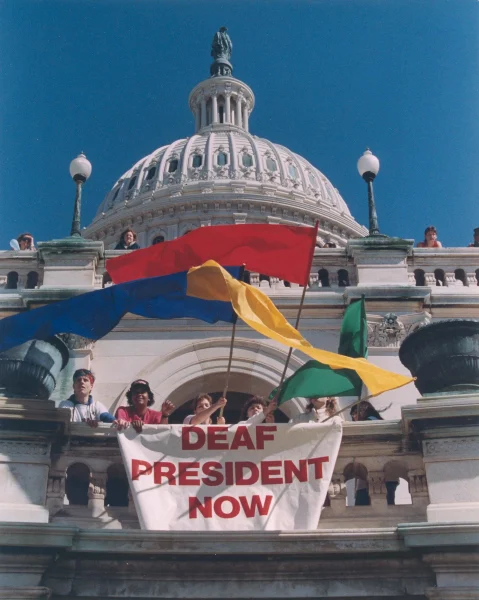
The Deaf highly value the literature and art of their culture. Deaf Culture, art, and literature are how the Deaf share their values with future generations – their values of sign language and deafness, Deaf education, Deaf experiences, Deaf pride, and more. Deaf culture stories are how Deaf people share their experiences with the next generations. These stories are just one of the ways Deaf people can express themselves, often depicting what it was like growing up deaf, experiencing misunderstandings, etc. Deaf art is another part of Deaf culture that allows Deaf people to express themselves. Deaf people have experienced many things throughout history, both positive and negative. They’ve been heavily oppressed, labeled as “non-humans”, and have even been forbidden to sign, forced to learn speech and communicate orally. On the other hand, Deaf people have also experienced strong positive connections through relating to, and being able to have shared experiences with, others in the Deaf community. These positive and negative life experiences of the Deaf can and have been expressed through Deaf Art. ASL is not a written language, and is completely visual, so it’s only natural for the Deaf to love the visual arts. There are many famous Deaf artists who have portrayed the Deaf experience and represented Deaf people across the world on the canvas. Chuck Baird was a famous American Deaf artist and one of the founders of the De’VIA art movement. De’VIA is a part of Deaf culture in which the Deaf experience is expressed through visual art. While Deaf visual art has been created for centuries, the term “De’VIA” was first recognized as an art genre in 1989. Betty G. Miller was another famous Deaf American artist who is known as the “Mother of De’VIA.”
Just as poetry is a staple of literature and the arts in English, Deaf culture has its own version of poetry. Deaf poetry is expressed in ASL. It is almost impossible to translate ASL poetry into English, so to truly experience this form of Deaf art, it must be watched. As English poetry uses spoken and/or written rhyme and rhythm, ASL poetry does this using movement – a visual form of rhyme and rhythm. And the same way the inflection of your voice shows mood and emotion in English, the inflection and facial expressions used when signing expresses the mood and emotion in ASL poetry.
Deaf jokes are also a significant part of Deaf literature and are usually passed down orally. There are two main types of jokes in Deaf culture. The first type is a joke in which the Deaf person wins. These jokes don’t make fun of hearing people, but they favor Deaf culture and the Deaf way of life. The second type emphasizes how signs can be funny and/or ironic in certain situations. This type is the more guarded type of the two, since one has to understand sign and the linguistics of ASL to fully appreciate the joke.
Deaf clubs, popular in the 1940s and 1950s, were also an important part of Deaf culture. The attraction of these clubs was that they provided a place where Deaf people could go to be around other Deaf people, an opportunity seldom provided in the mid-20th century. People in these clubs would sometimes share stories and host parties, comedians, and plays. Many of todayʼs common ABC stories were first seen at Deaf clubs. In the 1960s, Deaf clubs began to decline. Today, there are only a few spread-out deaf clubs in America, and they are commonly attended by the elderly. This sudden decline is often attributed to the increase of jobs offered to Deaf men and women by the federal government after World War II and the rise of technology that eased communication struggle and replaced the clubs. Deaf clubs are rare, but Deaf advocacy centers and other Deaf organizations have become widespread and popular.
Becoming Deaf culturally can occur at different times for different people, depending on the circumstances of one’s life. A small proportion of deaf individuals acquire sign language and Deaf culture in infancy from Deaf parents; others acquire it through attendance at Deaf schools, and some may not even be exposed to sign language and Deaf culture until college or beyond. Although up to fifty percent of deafness has genetic causes, fewer than five percent of deaf people have a Deaf parent, so Deaf communities are unusual among cultural groups in that most members do not acquire their cultural identities from their parents.
Although when talking about Deaf culture, I have mainly been referring to American Deaf culture, it is important to note that there are many distinct Deaf communities around the world, which communicate using different sign languages and have different cultural norms. According to Anna Mindess, an American Sign Language/English interpreter, the author of several books and co-creator of several films about Deaf Culture, Deaf identity also intersects with other kinds of cultural identity. Deaf culture intersects with nationality, education, race, ethnicity, gender, class, sexual orientation, and more, leading to a culture that is both small and diverse.
Deafness has been viewed as a disability or a deficit for many years, and the Deaf community has struggled to destigmatize it. People in the Deaf community do not see their condition as a disability. Rather, they celebrate it. Deaf Culture is tremendously diverse and has its own arts and literature, jokes, history, education, and politics; like the establishment of the first Deaf school by Thomas Hopkins Gallaudet and Laurent Clerc, and the “Deaf President Now” protest held at Gallaudet University that successfully resulted in the appointing of the first Deaf president for that school. Deaf Culture is a safe space for Deaf individuals to express themselves, relate to, and create relationships with others in the community that can be meaningful and long-lasting.
References
“Anna Mindess.” ANNA MINDESS, http://www.annamindess.com/.
“Cochlear Implants.” National Institute of Deafness and Other Communication Disorders, U.S. Department of Health and Human Services, https://www.nidcd.nih.gov/health/cochlear-implants#:~:text=A%20cochlear%20implant%20is%20a,the%20skin%20(see%20figure).
“Deafness and Hearing Loss.” World Health Organization, World Health Organization, https://www.who.int/news-room/fact-sheets/detail/deafness-and-hearing-loss.
“Deaf History Month: Name Signs – Deaf Services Unlimited.” Deafservicesunlimited.com, https://deafservicesunlimited.com/2019/03/deaf-history-month-name-signs/.
Jay, Michelle. “Deaf Culture Values: Art and Literature: Start ASL.” Start ASL | Learn American Sign Language with Our Complete 3-Level Course!, Michelle Jay, 15 Feb. 2021, https://www.startasl.com/deaf-culture-art-and-literature/#:~:text=Deaf%20Culture%20art%20and%20literature%20is%20how%20the,of%20which%20are%20not%20in%20a%20tangible%20form%29.
Pudans-Smith, Kimberly K., et al. “To Deaf or Not to Deaf: That Is the Question.” Psychology, Scientific Research Publishing, 6 Dec. 2019, https://www.scirp.org/journal/paperinformation.aspx?paperid=97416#return1.
Sweet Nothing in My Ear. Directed by Joseph Sargent, Hallmark Hall of Fame, 2008.
“Tag Archives: Deaf Culture.” Deaf Culture | The Institute for Applied & Professional Ethics, https://www.ohio.edu/ethics/tag/deaf-culture/index.html
“The Issues.” Gallaudet University, 1 June 2022, https://gallaudet.edu/museum/the-issues/?__hstc=264790224.ad1395d9d47e2e35ac458a06b735032b.1661004606634.1661004606634.1661004606634.1&__hssc=264790224.3.1661004606634&__hsfp=4285505810
“What to Expect.” Stanford Health Care (SHC) – Stanford Medical Center, 12 Sept. 2017, https://stanfordhealthcare.org/medical-treatments/c/cochlear-implants/what-to-expect.html#:~:text=The%20standard%20surgical%20risks%20of,the%20fluid%20around%20the%20brain.



